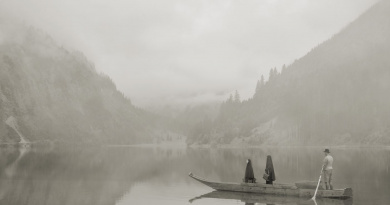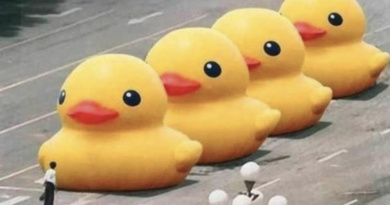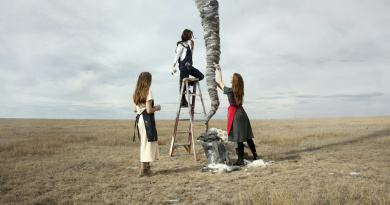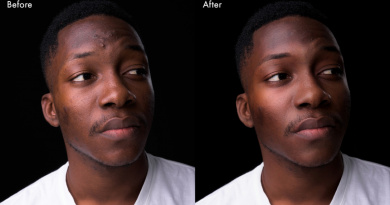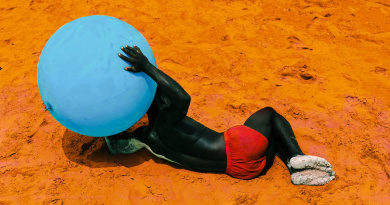Photographer Sacha Dean Bïyan launches a breathtaking new collection of non-fungible tokens (NFTs) dubbed Visceral. The first volume of Visceral NFTs consists of five of his photographs, each paired with an original haiku by esteemed Japanese poet, Dr. Shunkichi Baba.
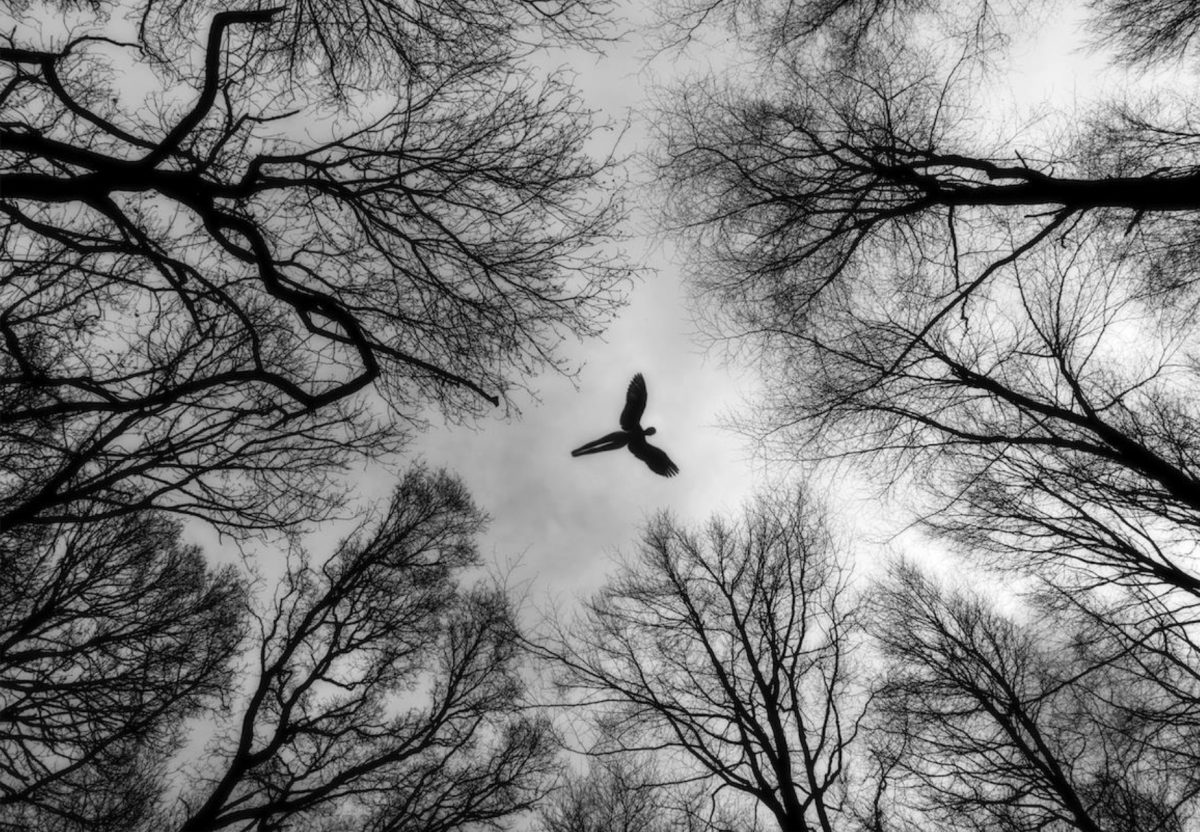
Icarus No More by Sacha Dean Bïyan
Man gifted with wings
Rising in the boundless sky
Icarus no more
by Shunkichi Baba
These five photo-haiku NFTs will be available for purchase starting May 7, 2022 on Pinhole’s partner platform, Rarible marketplace. The Visceral NFT collection is being released in collaboration with cutting-edge digital art gallery, Pinhole, which is also working with renowned photographers such as Marco Glaviano on separate NFT drops, and focusing primarily on photography in the NFT space. The first volume of Visceral NFTs features the only five photographs in Bïyan’s collection that are accompanied by haikus. Moreover, Dr. Baba coined one unique haiku per photo, making these NFTs truly exclusive. These pieces are currently on display at the Decentral Art Pavilion’s first international NFT art exhibition during the 59th Venice Biennale. They are also part of a broader collection of images that will be streamed on Apple TV later this year in partnership with the Kyoto City International Foundation.
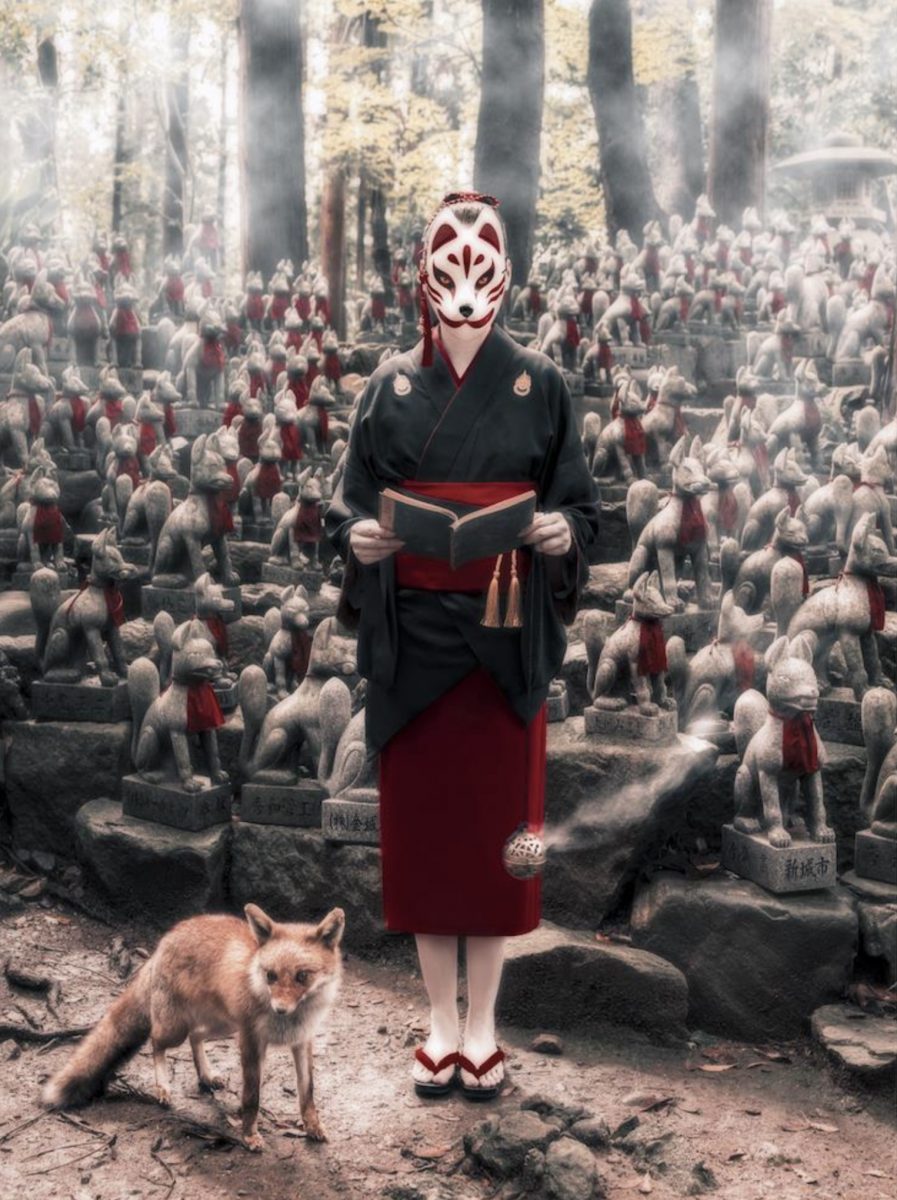
Trickster by Sacha Dean Bïyan
Wooden clogs echo
Deep in the realm of foxes
Behold the trickster
by Shunkichi Baba
Each NFT showcases a once-in-a-lifetime experience of Japan during one of the country’s most daunting yet extraordinary times. In the summer of 2020, when Japan closed its border and declared a state of emergency, Bïyan discovered a silver lining to the pandemic. “In the absence of tourists, I could see the ghosts of Japan’s past,” he explained. “I'd be at a shrine or in an empty alleyway at night, and suddenly, a black cat or a geisha would slip out of the shadows like a throwback to the chiaroscuro films of Kurosawa and Ozu."
Bïyan shared that although he grew up in North America, he had always been fascinated by Japanese culture. His earliest impressions of Japan were shaped by the cyberpunk imagery of Blade Runner, and the mangas of his childhood. Later, the stories of Kawabata and Murakami and the poetry of Bashō invoked a deeper appreciation of traditional Japanese art and culture. He relocated there from New York City in 2016 to explore what he called his “visceral connection to Japan”. As he explained, “A friend once told me that Japanese culture dwells in the shadows. Whether it’s tea ceremonies, gardening or architecture, there’s always a conscious appreciation of subtlety — that which is hidden. This sentiment captures the very reason I became a photographer.”
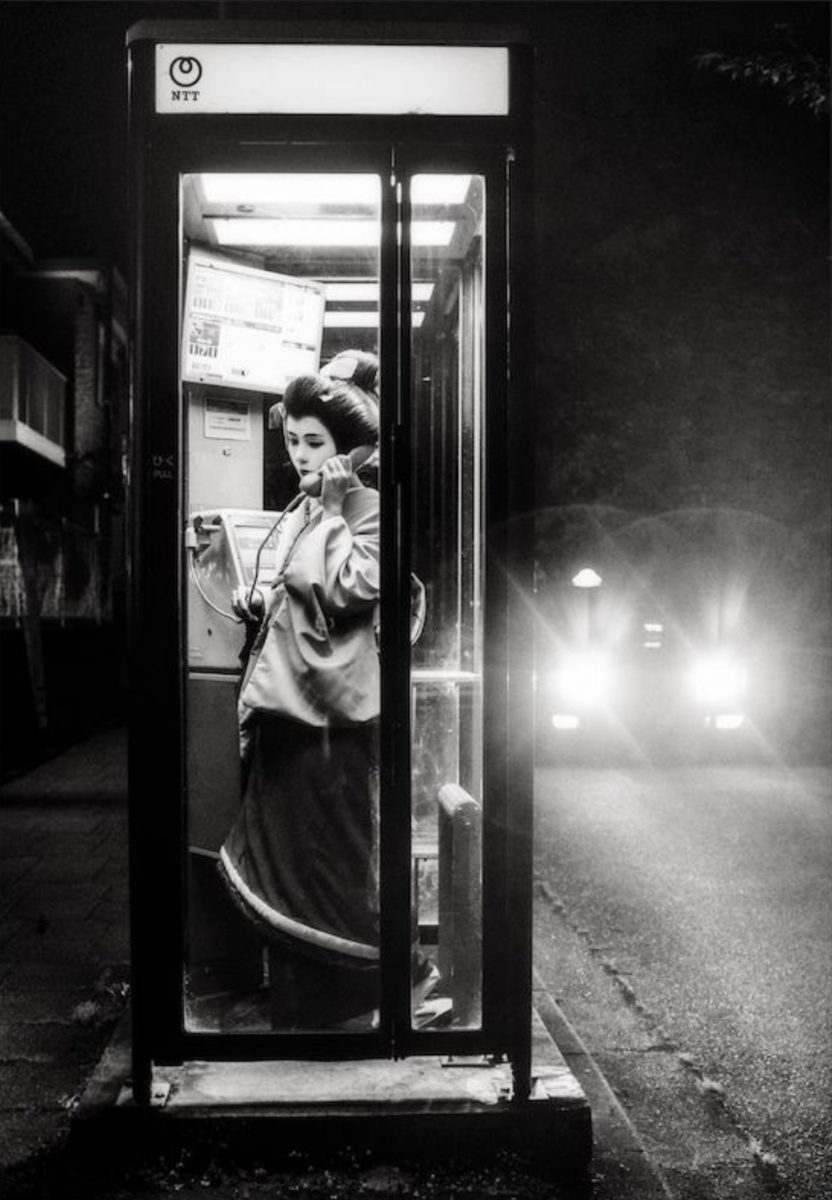
Geisha by Sacha Dean Bïyan
A stolen moment
Is she answering love's call?
The spring night beckons
by Shunkichi Baba
To catch a glimpse of Japan’s fabled past, Bïyan was drawn to the ancient city of Kyoto, the center of traditional Japanese art and culture. As one of the country’s most popular tourist destinations, Kyoto had its drawbacks though. “Kyoto was overexposed, over- photographed, and overrun by tourists,” Bïyan recalled. “As a result, I rarely picked up my camera. Four years passed, and I had very little to show for it. Then the pandemic hit. An unusual stillness and hush descended upon the city, and slowly, Kyoto’s true character emerged. I suddenly found myself in an alternate reality, immersed in the most extraordinary setting with all sorts of intriguing characters. Having that Kyoto all to myself was like a dream come true. I seized every moment.”
At first, Bïyan began recording these experiences with his workhorse Hasselblad H6D camera. However, he often found himself reaching for his iPhone, which was quicker and more discreet, but lacking the quality he desired. As a compromise, he purchased a Leica M10, a compact 35mm rangefinder camera similar the one he started out with thirty-five years ago. Soon, he rediscovered a way to photograph with fresh, inspired eyes. “After so many years of working with big crews and bulky equipment, I had developed a rather rigid approach to photography,” Bïyan remarked. “So, I came to appreciate the simplicity and spontaneity of these in-the-moment shots. I almost felt like a paparazzi. This whole experience brought back the thrill of discovery as when I first started out, which had been lost to me in the world of commercial photography.”
This collection of images captured the interest and imagination of ninety-year-old living legend, Dr. Shunkichi Baba, a pioneer of avant-garde haiku, which is a type of Japanese short form poetry. Likewise, Bïyan admired the simplicity and sophistication of Dr. Baba’s masterful haikus. “The pairing of photo and haiku seemed natural to us,” explained Bïyan. “At their best, both art forms aspire to the Japanese concept of yūgen. The exact translation of yūgen depends on the context, but it generally refers to an ephemeral beauty, one that evokes an emotion too profound and mysterious for words. Ultimately, Dr. Baba’s perspective allowed me to see my photos in a way I’ve never seen before.”
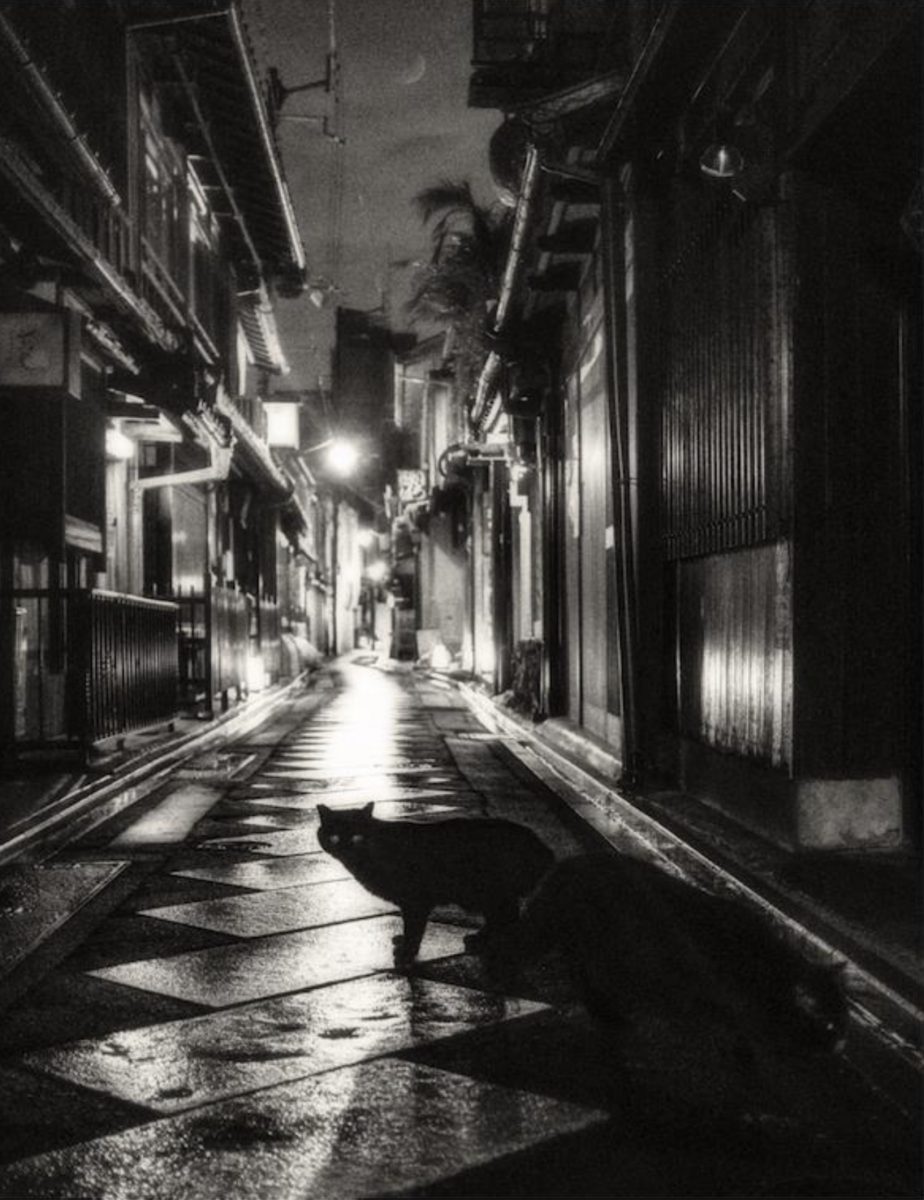
Black Cat by Sacha Dean Bïyan
Like a cat in spring
Meandering through alleys
Feverish for love
by Shunkichi Baba
Together, Bïyan and Dr. Baba take collectors on a riveting visual and emotional journey unlike any other token. Their collaboration brings to life a modern incarnation of haiga, an art form dating back to 17th century haiku masters who created simple paintings alongside haiku. These paintings and poems complemented each other and formed a complete visual and artistic expression. Similarly, Bïyan and Dr. Baba shared the belief that words and pictures together are more potent than either alone. “Each inspires the other, though neither defines the other,” observed Bïyan. “Both attempt to capture the essence of a moment, a feeling. To me, a photograph is a haiku.”
Accordingly, each of these special edition photo-haiku NFTs transcends the language of images and words, and brings us closer to an actual feeling. The owner of these unique NFTs will be transported to an unprecedented and surreal moment in Japan’s history, and will inevitably discover a visceral connection to a deeper mystery.
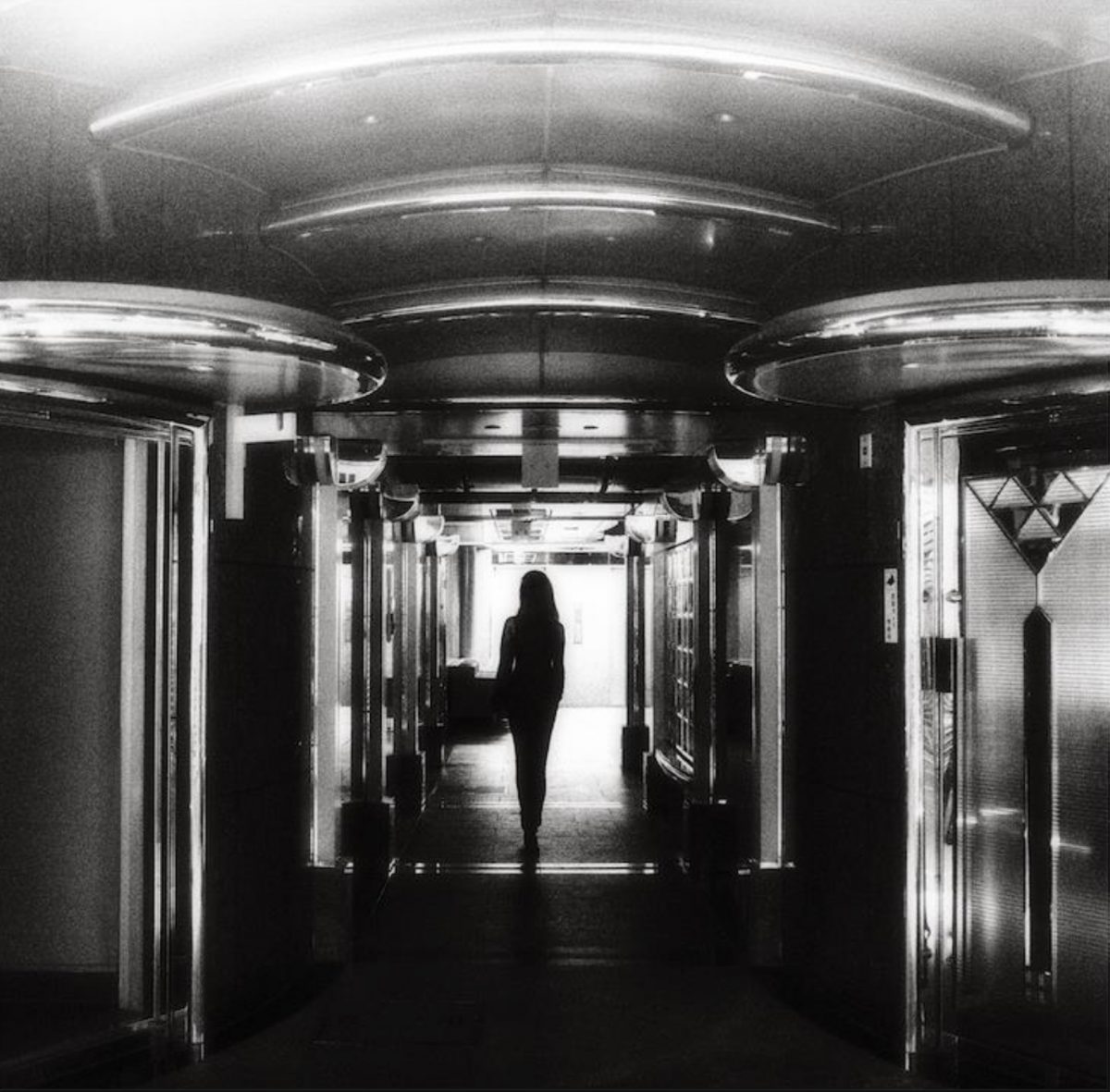
Nocturne by Sacha Dean Bïyan
Nocturnal citv
Selling illusions of love
Another spring gone
by Shunkichi Baba
About SACHA DEAN BIYAN
Sacha Dean Bïyan (born October 1, 1967) is a Canadian photographer, filmmaker and author who often describes himself as an Earth pilgrim. His body of work, gathered across the globe over three decades, is a celebration of the beauty and diversity of the human spirit. Bïyan holds a Master’s Degree in Aeronautical and Astronautical Engineering, and was an entrepreneur in the aerospace industry before becoming a professional photographer. His editorial images have appeared in GQ, Details, Maxim, Vogue, and Marie Claire. He has shot advertising campaigns for Lexus, Diesel, Adidas and The Gap, among others, as well as documentaries for PBS and the Discovery Channel. Bïyan’s works have been exhibited in galleries and museums in São Paulo, Florence, Barcelona, Paris and Los Angeles — the latter as a benefit for Amnesty International. He is the author of two fine art books: Spiritus Mundi, published in 2005, which documents his encounters with remote indigenous cultures around the world, and Eccentris, published in 2012, which is a retrospective of his work in fashion and advertising. Bïyan is currently working on his third book, A World Apart — a broader compendium of images, and a synthesis of stories of his travels to eighty-eight countries. For more info, visit https://www.sachabiyan.com or follow Sacha on Instagram @sachabiyan.
About SHUNKICHI BABA
Dr. Shunkichi Baba (born November 25, 1932) is a renowned Japanese haiku poet, and critic of art, theater, cinema and music. He became interested in poetry in junior high school, studying under the haiku master, Keiji Hashimoto. Dr. Baba went on to graduate with a degree in medicine from Nagoya City University where he pursued his career as a professor of otolaryngology. After retiring from teaching, he served as the director of the Nagoya Boston Museum. Despite his busy schedule and diverse interests, he continued writing and publishing his haikus over the years. Dr. Baba’s best known haiku collections are: Danmen (Cross Section), Barairojigoku (Rose Hell), and Mutyuumu (Dream within a Dream). He is also the author of the book, Somnium Hippocampi, which features one hundred haikus that were translated into Italian by composer, Luigi Cerantola, and turned into an avant garde opera-style performance held at the Santa Maria Della Pieta in Venice.
About PINHOLE
Pinhole is a digital art gallery – the new way of collecting photographic art. Established in 2021, Pinhole facilitates the sale of the world’s most iconic photographic work as NFTs. NFTs (Non-Fungible Tokens) are digital recreations of artworks that are unique to their owner and are sold and validated via the Ethereum blockchain using an NFT marketplace. Pinhole has collaborated on NFTs with talents such as Marco Glaviano, Cindy Crawford, Alexis Ren, and more.
Pinhole aims to explore the connection between traditional art and photography, further blurring the divide between art collecting and technology, and ushering in a completely new wave of buyers, collectors, and enthusiasts across the world.
About RARIBLE
Rarible is a top-ranked, community-centric marketplace for NFTs. Launched in 2020 by Alexei Falin and Alex Salnikov, Rarible offers a platform to artists and collectors looking to create, collect, and trade digital collectibles. Since its inception in 2020, Rarible has grown rapidly and has become one of the most well-known and highly ranked NFT projects in the market, backed by Venrock and CoinFund. For more information, please visit www.rarible.com and follow us on Twitter at @rariblecom and Instagram at @rariblecom.






